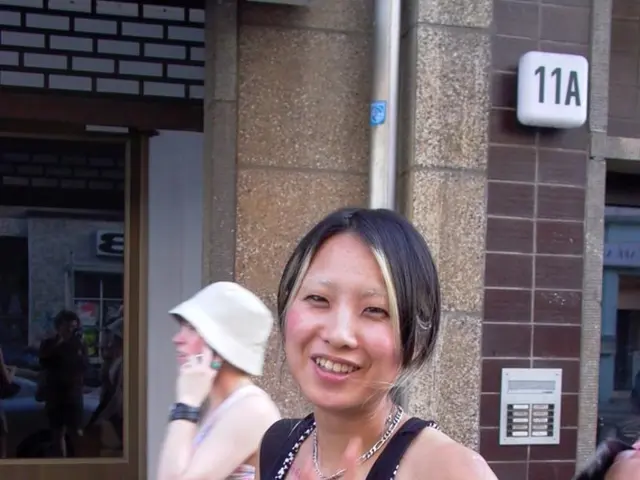Armenia's Velvet Revolution: More Swap Than Change, Says Author
Armenia's political landscape remains unchanged despite the 2018 Velvet Revolution, with former elites still holding sway. Nikol Pashinyan, the revolution's leader, now heads the government, but critics argue the transformation is merely skin deep.
The author, living abroad in Spain, watched as protests in Yerevan led to Pashinyan's rise to power. However, they soon realised the 'revolution' was more of a regime swap, with those previously in power still pulling the strings.
Pashinyan's government has failed to address the root issues, with Armenia's economic model remaining rooted in neoliberal dependency and privatised wealth. Despite promises of 'Europeanisation', the standard of living continues to decay. Corruption, though improved on paper, has merely shifted to higher levels.
The author argues that Pashinyan, in focusing on preserving state legitimacy, has failed to dismantle the architecture of oppression. The deeper political and economic structures remain untouched, leaving the revolution unfinished.
Armenia's Velvet Revolution, while bringing a change in leadership, has not delivered the promised transformation. With the economic model unchanged and corruption merely shifted, critics argue that the revolution remains unfinished. Until the deeper political and economic structures are addressed, Armenia's people may continue to feel disillusioned.








